Living in the Bible: A Guide to Understanding Biblical Culture
:
The Bible, a foundational text for many religions, offers a rich tapestry of stories, teachings, and cultural insights. Understanding the context in which the Bible was written can significantly enhance our comprehension of its message. This guide explores the various aspects of life in biblical times, providing a deeper understanding of the world in which biblical characters lived.
Social Structure and Family Life:
- Patriarchal Society:
Biblical society was largely patriarchal, with men holding positions of authority and leadership. The family unit was of utmost importance, with the father as the head of the household.
- Polygamy and Concubinage:
Polygamy, the practice of having multiple wives, was prevalent in certain periods of biblical history. Concubinage, where men had secondary wives or mistresses, was also recognized in some contexts.
- Kinship and Lineage:
Extended families and kinship groups played significant roles in biblical culture. Lineage was traced through the male line, and family ties were highly valued.
Economic and Agricultural Practices:
- Primarily Agricultural:
The majority of people in biblical times were engaged in agriculture. They raised livestock, cultivated crops, and relied on the land for sustenance.
- Trade and Commerce:
Trade and commerce existed, though they were not as developed as in later periods. Merchants traveled by land and sea, exchanging goods such as grain, wine, and spices.
- Currency and Taxation:
Silver and gold coins were used as currency. Taxes were often collected in the form of produce or livestock.
Religious and Spiritual Beliefs:
- Monotheism vs. Polytheism:
Early biblical texts reflect a monotheistic belief in one God, Yahweh. However, polytheistic practices existed in certain periods of biblical history.
- Rituals and Sacrifices:
Religious rituals and sacrifices were an integral part of biblical culture. These practices aimed to maintain a right relationship with God and atone for sins.
- Priesthood and Temples:
Priests played a crucial role in religious ceremonies and mediated between the people and God. Temples served as centers of worship and religious activity.
Daily Life and Customs:
- Clothing and Adornment:
People wore simple garments made from wool, linen, or leather. Jewelry, such as earrings, necklaces, and bracelets, was common.
- Food and Drink:
The typical diet consisted of bread, olives, dates, and vegetables. Wine and water were the main beverages.
- Housing:
Houses were typically made of stone or mud bricks. They had one or two rooms, with a courtyard or roof terrace.
- Transportation:
Travel was primarily on foot or by donkey. Boats were used for sea travel.
Understanding the context of life in biblical times provides a valuable framework for interpreting the Bible. By exploring the social, economic, religious, and daily practices of the ancient world, we gain a deeper appreciation for the stories, teachings, and cultural insights that the Bible offers. This knowledge enriches our understanding of the biblical narrative and its relevance to our own lives today.


